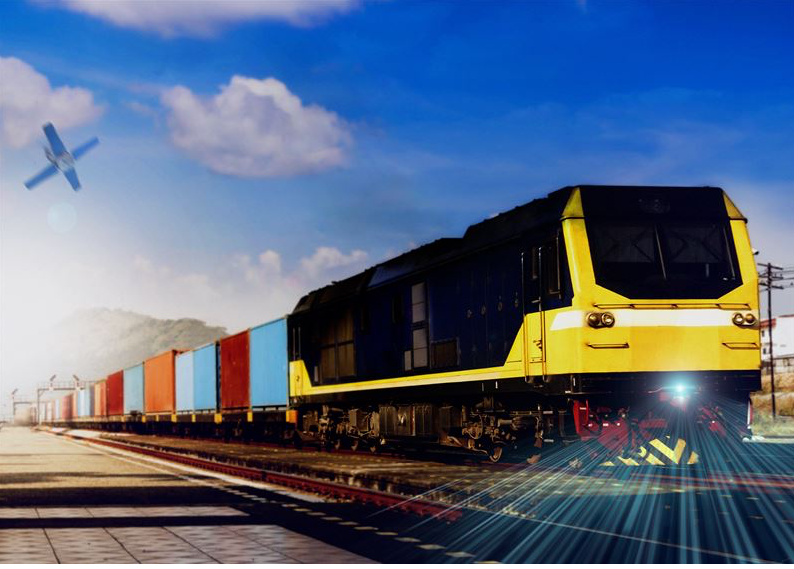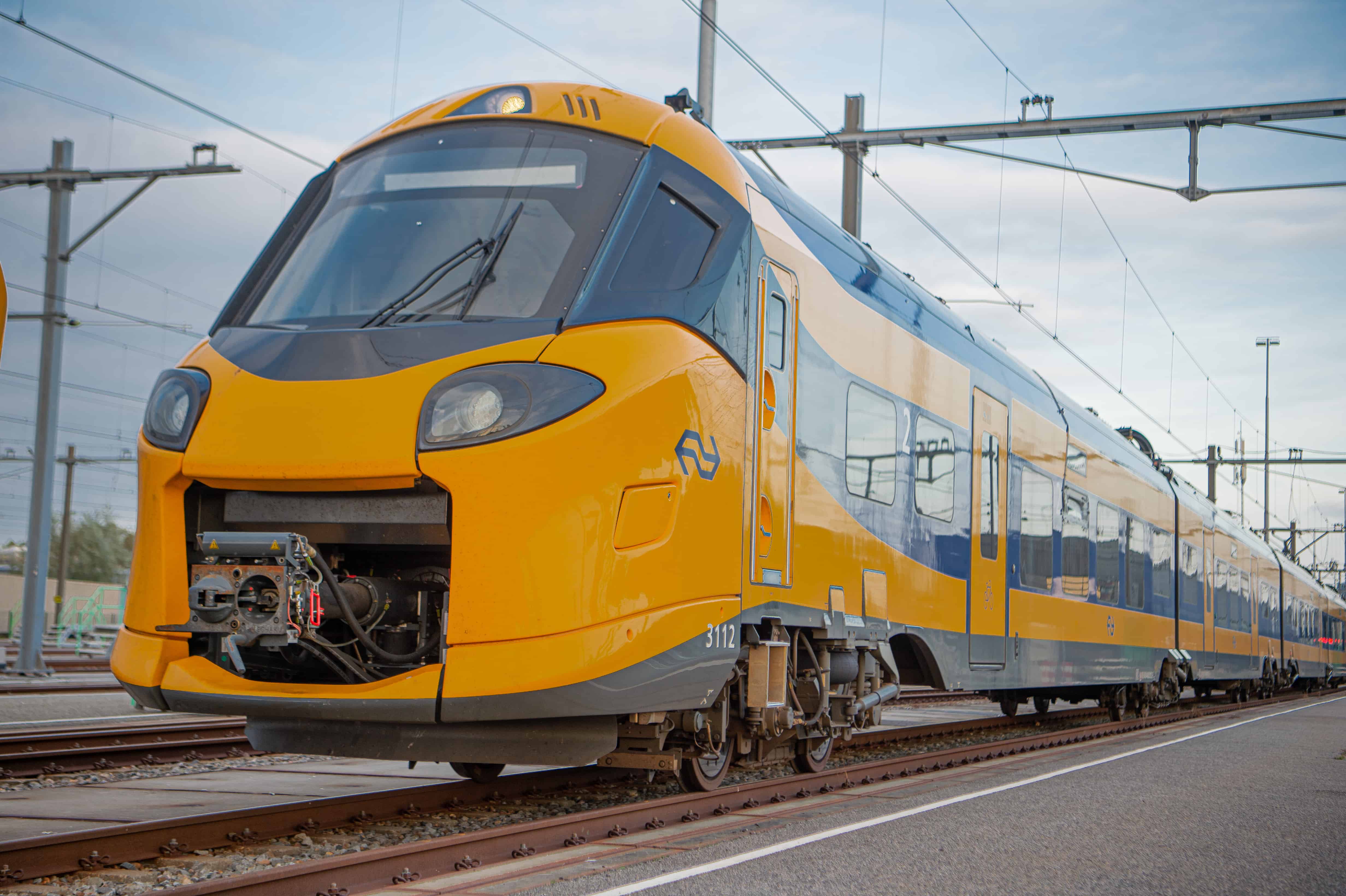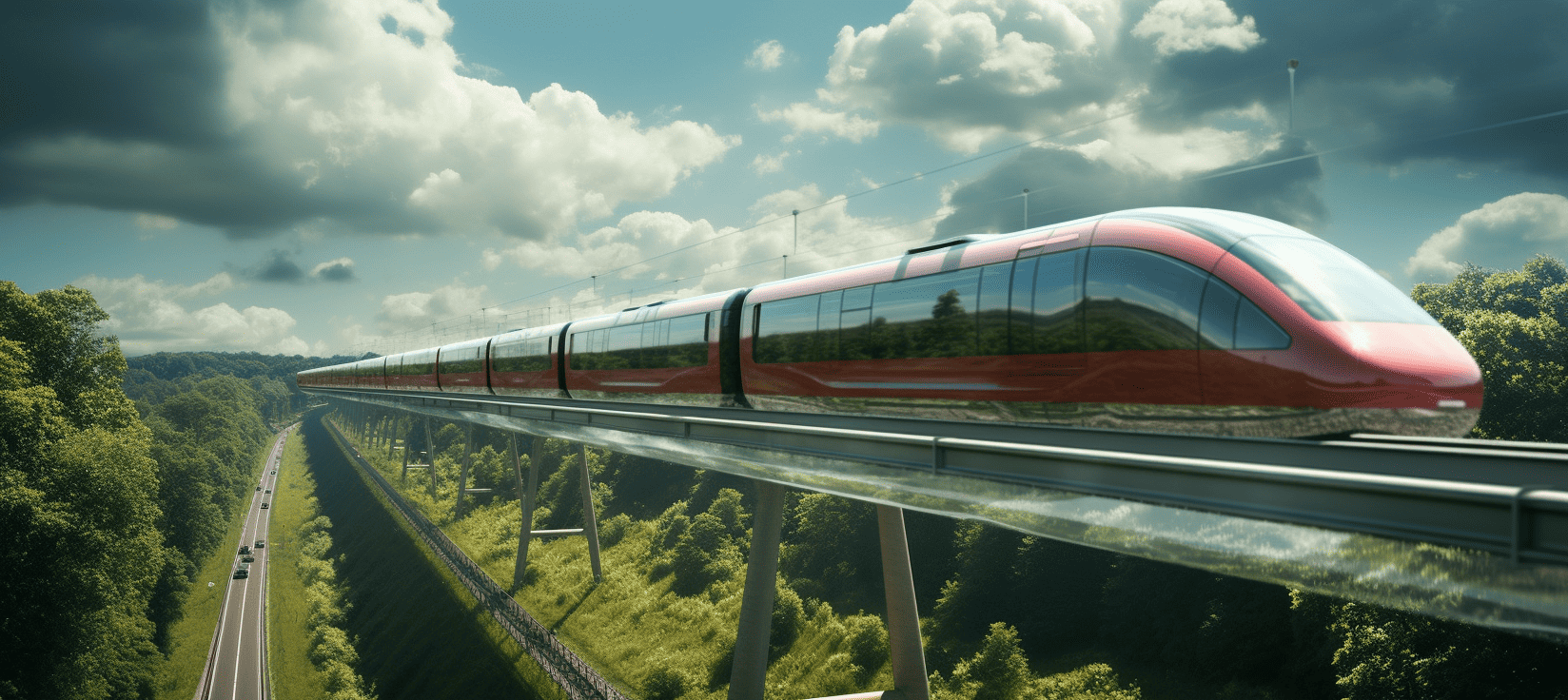
A ground-breaking global autonomous train development project in Finland is moving on to its test phase. The aim of the initiative is to create completely new railway transportation services and to even double the amount of railway transport. The initiative, led by Finnish Proxion in conjunction with around 20 other tech organisations, innovates an agile, low-emission transportation concept for large industrial enterprises. In the future, aim is to also bring autonomous passenger traffic to the rails.
The autonomous train initiative is moving on towards the pilot phase where the software and equipment of the autonomous train will be tested, simulated and test-driven. The project is a significant leap towards the transportation of the future, and Proxion is leading the way in developing the usability and agility of all rail transport.
“The strict environmental targets set by the EU are in favour of developing the electric modes of transport, and railway transport is the most energy efficient way to transport goods by land. The innovative development of rail transport is therefore in key position, as the goals are to develop transportation that is lower in emissions and to achieve better rail utilization,” says Reijo Viinonen, the Project Manager of Proxion’s autonomous train initiative. The piloting of Proxion’s autonomous train will begin already later this year. The autonomous train is expected to be operational in 2023.
Rail safety
Autonomy in transportation is a global trend, and its execution is being innovated constantly. While the development is well under way on roads, in the air and in maritime transport, the progress on railways has been slower.
The autonomous train unit in development is intended to be a low-emission and more cost-effective solution for short-distance industrial transport that is currently handled mainly by road transport. An increasingly important feature of the train is safety. Technical Research Centre of Finland VTT, the innovation partner of the development project, is involved in enabling safe automation on the rails.
Problem of available drivers
“It is important to ensure that the autonomous train operates reliably in all conditions and on a wide range of track connections. It is a leap towards safer railway transport. For example, sensor interpretation technology for the train unit is being developed as is combining a thermal camera and radar observations in order to be able to react correctly and in time to any obstacles or situations ahead,” says Pertti Peussa, Principal Scientist at VTT.
The advantages of an autonomous train unit also include agility and the longevity of the invested infrastructure. In addition, it offers a solution to the problem of available drivers, because, as the name implies, an autonomous train runs independently without a driver.
Read also: Inland shipping of the future will soon have a helmsman ashore
Selected for you!
Innovation Origins is the European platform for innovation news. In addition to the many reports from our own editors in 15 European countries, we select the most important press releases from reliable sources. This way you can stay up to date on what is happening in the world of innovation. Are you or do you know an organization that should not be missing from our list of selected sources? Then report to our editorial team.






